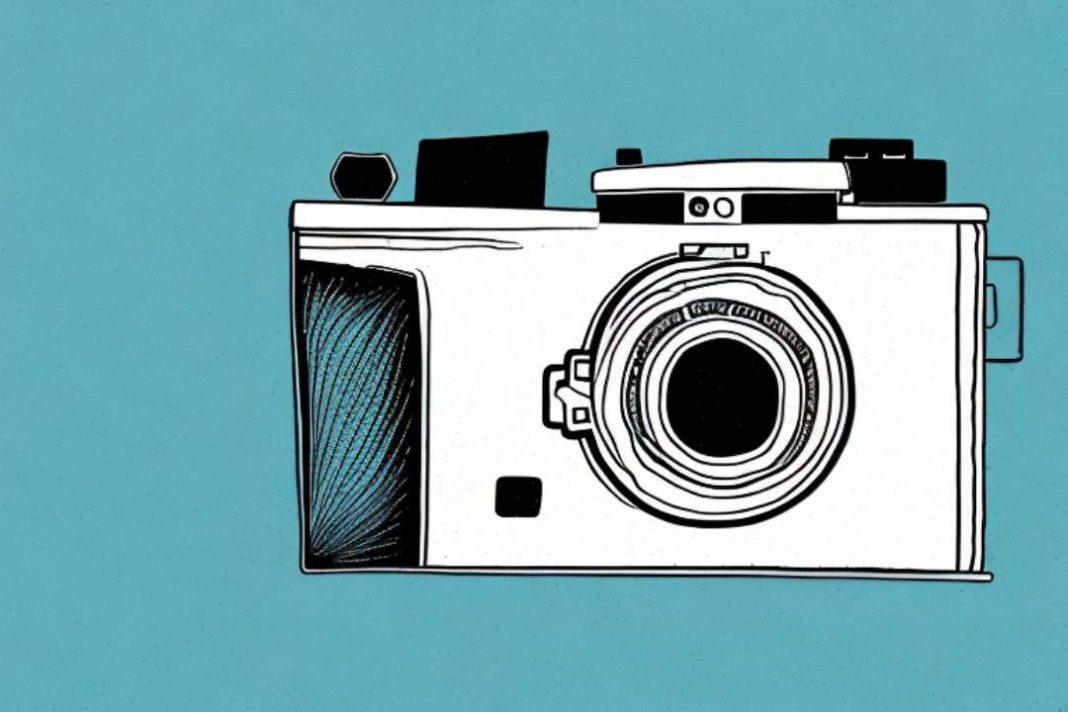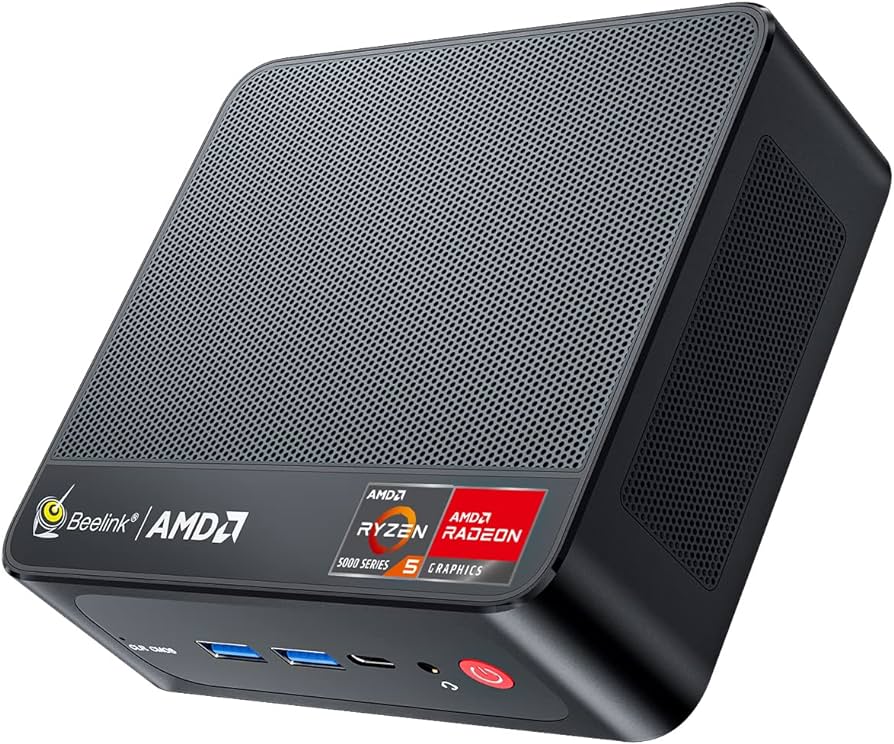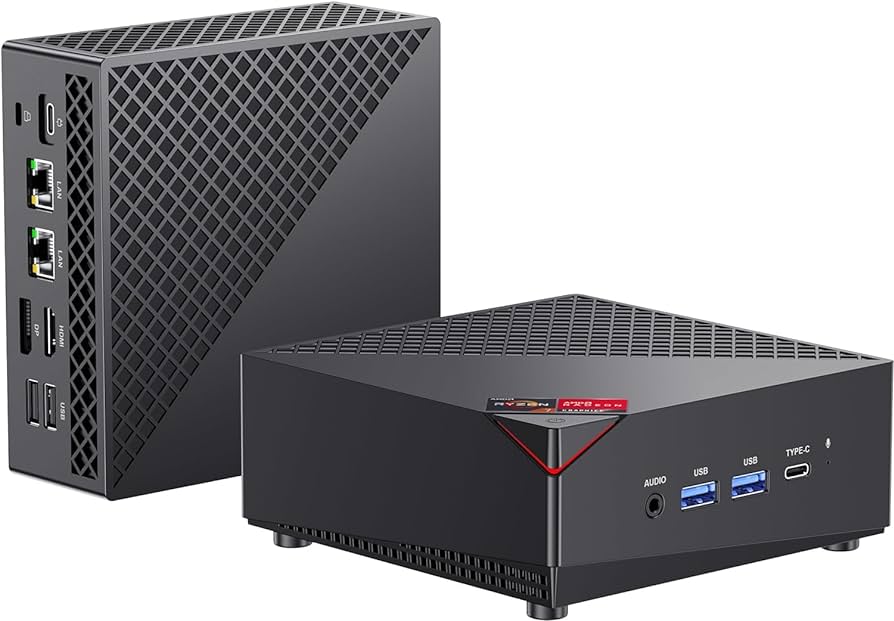Digital photography has come a long way since its inception. From bulky cameras that relied on film, to the sleek and compact devices we use today, the technology has evolved significantly over the years. One of the most significant developments in the field was the introduction of memory cards, which changed the way we store and transfer digital images. In this article, we’ll explore the role memory cards have played in revolutionizing digital photography.
The Birth of Digital Photography
In the early days of digital photography, images were stored on internal memory or floppy disks. These storage solutions were limited in capacity and prone to data loss, making them unsuitable for professional use. However, as digital sensors became more advanced and camera resolution improved, the need for reliable, high-capacity storage solutions became more apparent.
The Evolution from Film to Digital
The transition from film to digital photography was a gradual process that spanned several decades. Early digital cameras used CCD sensors to capture images, which were then stored on the onboard memory. As sensors improved and resolution increased, the need for external storage solutions became more apparent. This led to the development of memory cards, which allowed for greater storage capacity and easier transfer of digital images.
One of the biggest advantages of digital photography over film is the ability to instantly see the captured image on the camera’s LCD screen. This allowed photographers to quickly adjust their settings and composition to achieve the desired result, without the need to wait for the film to be developed.
Another advantage of digital photography is the ability to easily manipulate and edit images using software like Adobe Photoshop. This allows photographers to enhance colors, adjust exposure, and remove unwanted elements from the image, all without damaging the original file.
Early Digital Cameras and Storage Limitations
In the early days of digital photography, camera manufacturers experimented with different storage solutions. Some models used proprietary memory cards, while others relied on more standardized solutions like SmartMedia or Compact Flash. However, early storage solutions were often slow, unreliable, and had limited capacity. This made it difficult to capture high-quality images and store them for later use.
Despite these limitations, early digital cameras were still popular among hobbyists and professionals alike. They offered the ability to capture and manipulate images in ways that were not possible with film cameras and paved the way for the advanced digital cameras we have today.
As digital photography continued to evolve, so did the storage solutions available. Today, photographers have access to a wide range of memory cards, hard drives, and cloud-based storage options that offer high-speed, reliable storage for even the largest digital image files.
Introduction of Memory Cards
The introduction of memory cards revolutionized the way we store and transfer digital images. By providing a way to store large amounts of data on a small, portable device, memory cards made it possible to capture and store images with ease.
With the advent of digital photography, the need for a portable and reliable storage solution became increasingly important. Prior to memory cards, photographers had to rely on bulky and expensive hard drives or CDs to store their images. These storage solutions were not always practical, especially for photographers who needed to travel light or work in remote locations. If you need more information about memory cards visit this site: https://www.diskmfr.com/
CompactFlash: The First Memory Card
The first commercially available memory card was CompactFlash, introduced by SanDisk in 1994. CompactFlash cards were small, rugged, and reliable, making them the preferred choice for early digital cameras. They were available in a range of capacities, from a few megabytes to several gigabytes, and could transfer data quickly and easily.
CompactFlash cards also had a unique advantage over other memory cards at the time: they were compatible with both PC and Mac computers. This made it easier for photographers to transfer their images to a computer for editing and storage.
Secure Digital (SD) Cards Take Over
Despite the success of CompactFlash, SD cards eventually became the dominant standard for digital cameras. SD cards were smaller and more compact than CompactFlash, making them ideal for use in smaller, sleeker camera designs. They also had faster read and write speeds, which allowed for more rapid transfer of data.
SD cards also had the advantage of being more widely adopted across a range of electronic devices, including smartphones, tablets, and laptops. This made it easier for photographers to transfer their images to other devices for editing and sharing.
The Impact of Memory Card Speeds on Photography
As camera resolution increased and image files grew in size, the speed of memory cards became an essential factor in digital photography. Slow memory cards could cause delays between shots or slow down the camera’s buffer. On the other hand, fast memory cards could allow for longer continuous shooting and quicker transfer of data to a computer or other device.
Today, memory cards come in a variety of speeds and capacities to meet the needs of different photographers. High-speed memory cards, such as UHS-II and UHS-III SD cards, can transfer data at speeds of up to 300MB/s, making them ideal for professional photographers who need to shoot high-resolution images and videos.
In conclusion, memory cards have had a profound impact on the world of digital photography. They have made it easier for photographers to capture and store their images, and have enabled the development of smaller and more advanced camera designs. As technology continues to evolve, it will be interesting to see how memory cards continue to adapt and innovate to meet the needs of photographers around the world.
Advancements in Memory Card Technology
Memory cards are an essential component in modern digital cameras, smartphones, and other mobile devices. They have come a long way since their introduction in the early 1990s. Today, memory cards have continued to evolve over the years, with manufacturers introducing new capabilities and improvements in storage capacity, read/write speeds, and data transfer rates.
Increasing Storage Capacities
One of the most significant advancements in memory card technology is the increase in storage capacity. Today, memory cards are available in capacities ranging from a few gigabytes to several terabytes. This makes it possible to capture and store thousands of images on a single card, without needing to swap out cards frequently.
For professional photographers who need to shoot high-resolution images or videos, the availability of high-capacity memory cards has been a game-changer. They no longer need to worry about running out of space in the middle of a shoot, and they can store all their images and videos in one place.
Faster Read and Write Speeds
Another significant advancement in memory card technology is the improvement in read and write speeds. Modern memory cards have read and write speeds that were once unimaginable, allowing for smoother continuous shooting and more rapid transfer of data. This means that photographers can shoot for longer periods without worrying about slowdowns, making it easier to capture the perfect shot.
For videographers, fast reading and writing speeds are essential for capturing high-quality videos. With faster read and write speeds, they can record high-resolution videos without any lag or buffering. This is especially important when recording fast-moving objects or scenes.
The Introduction of MicroSD Cards
MicroSD cards have become a popular standard for smartphones, tablets, and other mobile devices in recent years. These cards are smaller than standard SD cards, making them ideal for use in compact cameras and other devices with limited space. Despite their small size, many microSD cards offer impressive storage capacities and fast read/write speeds.
MicroSD cards are also used in drones, action cameras, and other devices that require high-speed data transfer rates. With the introduction of microSD cards, these devices can now capture high-quality images and videos without any lag or buffering.
In conclusion, memory cards have come a long way since their introduction in the early 1990s. With the advancements in storage capacity, read/write speeds, and data transfer rates, memory cards have become an essential component in modern digital cameras, smartphones, and other mobile devices.
Memory Cards and the Rise of Professional Digital Photography
The role of memory cards in digital photography has been crucial, especially in the realm of professional photography. As camera resolution and image sizes have increased over the years, memory cards have kept pace, providing photographers with the storage capacity and transfer speeds needed to capture high-quality images.
Memory cards are small, portable devices that store digital data. They are essential for digital photography, allowing photographers to capture and store images without the need for film. Memory cards come in various sizes and formats, including Secure Digital (SD), CompactFlash (CF), and XQD.
The Role of Memory Cards in DSLR Cameras
DSLR cameras have long relied on memory cards to store and transfer digital images. The large files produced by these cameras require high-capacity storage solutions, and memory cards have provided a reliable way to do so. Many high-end DSLRs also offer dual memory card slots, allowing photographers to capture even more images without worrying about running out of storage space.
One of the advantages of DSLRs is their ability to capture high-quality images in a variety of lighting conditions. This is due in part to their larger sensors and interchangeable lenses, but also to their reliance on memory cards. With the ability to shoot in RAW format, DSLRs produce high-quality images that require a lot of storage space. Memory cards with high capacity and fast transfer speeds are essential for photographers who want to capture the best possible images.
Memory Cards and the Emergence of Mirrorless Cameras
Mirrorless cameras have become increasingly popular in recent years, thanks in part to their smaller size and more compact design. Many mirrorless cameras rely on memory cards to capture and store images, making them an essential component of the camera’s technology. Memory cards with fast read/write speeds are especially important for mirrorless cameras, allowing photographers to capture fast-moving subjects and images with ease.
One of the advantages of mirrorless cameras is their ability to capture high-quality images in a smaller, more portable package. With their smaller sensors and more compact lenses, mirrorless cameras offer a great alternative to DSLRs for photographers who want to travel light. Memory cards with high capacity and fast transfer speeds are essential for photographers who want to take advantage of the portability of mirrorless cameras.
The Importance of Memory Cards in High-Resolution Photography
As camera resolution continues to improve, the role of memory cards in digital photography will become even more crucial. High-resolution images require more storage space and faster transfer speeds, and memory cards will need to keep pace with these demands in order to remain relevant. With advancements in technology, we can expect to see even larger capacity cards with even faster speeds in the years to come.
One of the challenges of high-resolution photography is the amount of storage space required to store the images. With resolutions of 40 megapixels or more becoming more common, photographers need memory cards with high capacity and fast transfer speeds to keep up with the demands of their cameras. Memory cards that can handle the high data rates required for high-resolution photography are essential for photographers who want to capture the best possible images.
Conclusion
The introduction of memory cards has revolutionized digital photography, providing a reliable and portable way to store and transfer digital images. From the early days of CompactFlash to the latest microSD cards, memory cards have kept pace with the ever-evolving needs of digital photographers. As technology continues to push the boundaries of what’s possible, memory cards will no doubt play an important role in shaping the future of digital photography.





